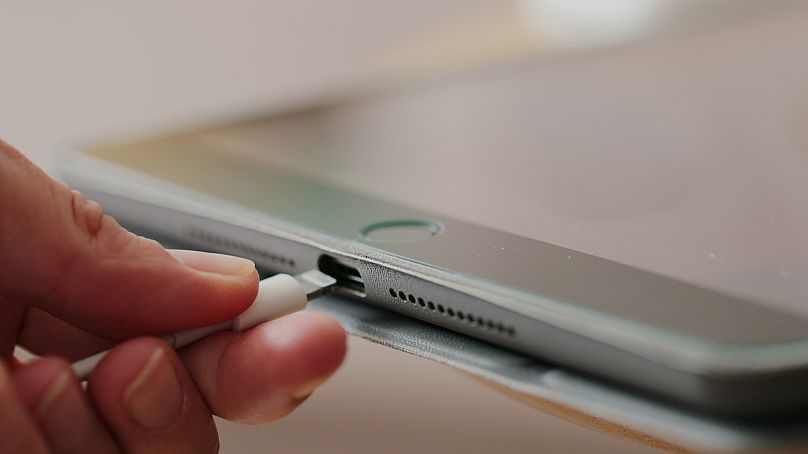Battery performance and safety have long stood in the way of electrifying aviation but that could soon change.
New battery technology being developed by NASA could help to revolutionise air travel.
Aviation makes up around 2.4 per cent of global CO2 emissions. For a long time, scientists have been searching for a way to electrify air travel and eliminate these emissions.
But current battery technology only works for some lighter aircraft like drones. It doesn’t supply enough power or range for passenger aircraft meaning they are rare and not widely used.
Lithium-ion batteries, which are used for electric cars and personal devices, don’t meet the safety standards needed to be used in aviation either. Their flammability is the reason you can’t put items like laptops or phones in your checked luggage when you fly.
So, to get electric-powered flights off the ground, a different solution is needed. This is where NASA’s research comes in.
What is a solid-state battery and how could it power aircraft?
The US space agency has been developing technology that doesn’t use liquid electrolyte chemicals - the main safety concern of many batteries. These substances can undergo a chain reaction that causes them to heat up, react more due to the heat and eventually catch fire.
NASA’s Solid-state Architecture Batteries for Enhanced Rechargeability and Safety (SABERS) project has been working on an alternative - solid-state batteries. Not only do they have the power and efficiency needed for aircraft, they retain a solid structure even when damaged meaning they don’t catch fire.
A prototype sulphur selenium battery developed by the project produces 500 watt-hours of energy per kilogram of battery. That is double the energy density of a standard lithium-ion battery.
Aircraft also require their power source to discharge energy quickly. NASA scientists use the analogy of a battery being like a bucket. Its energy or capacity is how much the bucket can hold while its power is how fast it can be emptied. Electric planes would require it to discharge energy or empty this bucket at an extraordinarily fast rate.
So far they have made leaps in increasing this rate of discharge by a factor of 10 then a further 5 as prototypes have improved.
Researchers have also found that their solid-state batteries could withstand temperatures twice as hot as lithium-ion alternatives. A lightweight design helps to pack more power into less space.
“Not only does this design eliminate 30 to 40 per cent of the batteries weight, it also allows us to double or even triple the energy it can store, far exceeding the capabilities of lithium-ion batteries that are considered to be the state of the art,” Rocco Viggiano, principal investigator for SABERS, said in a press release last year.
Could battery-powered planes soon become a reality?
Solid-state batteries are still being tested and, as a result, creating them is incredibly expensive. They would also need to be tested extensively before being cleared for use on commercial flights.
This means it could be a long time before we see the technology actually being used. But NASA’s recent breakthroughs in increasing the discharge rate of solid-state batteries have removed some of the roadblocks previously standing in the way of electric planes.












